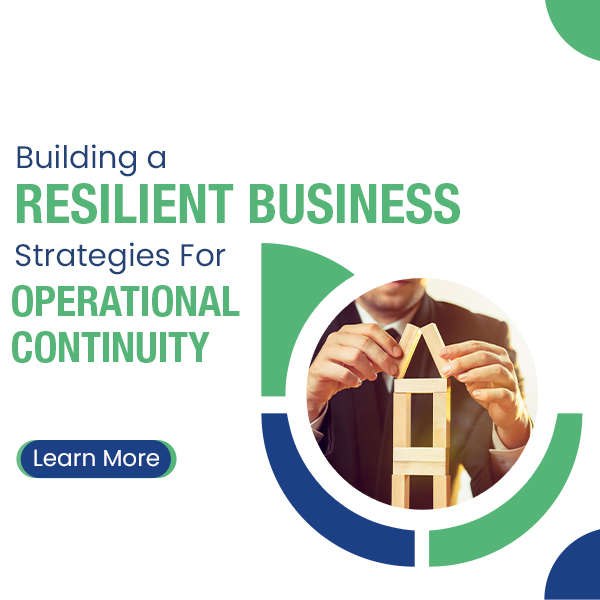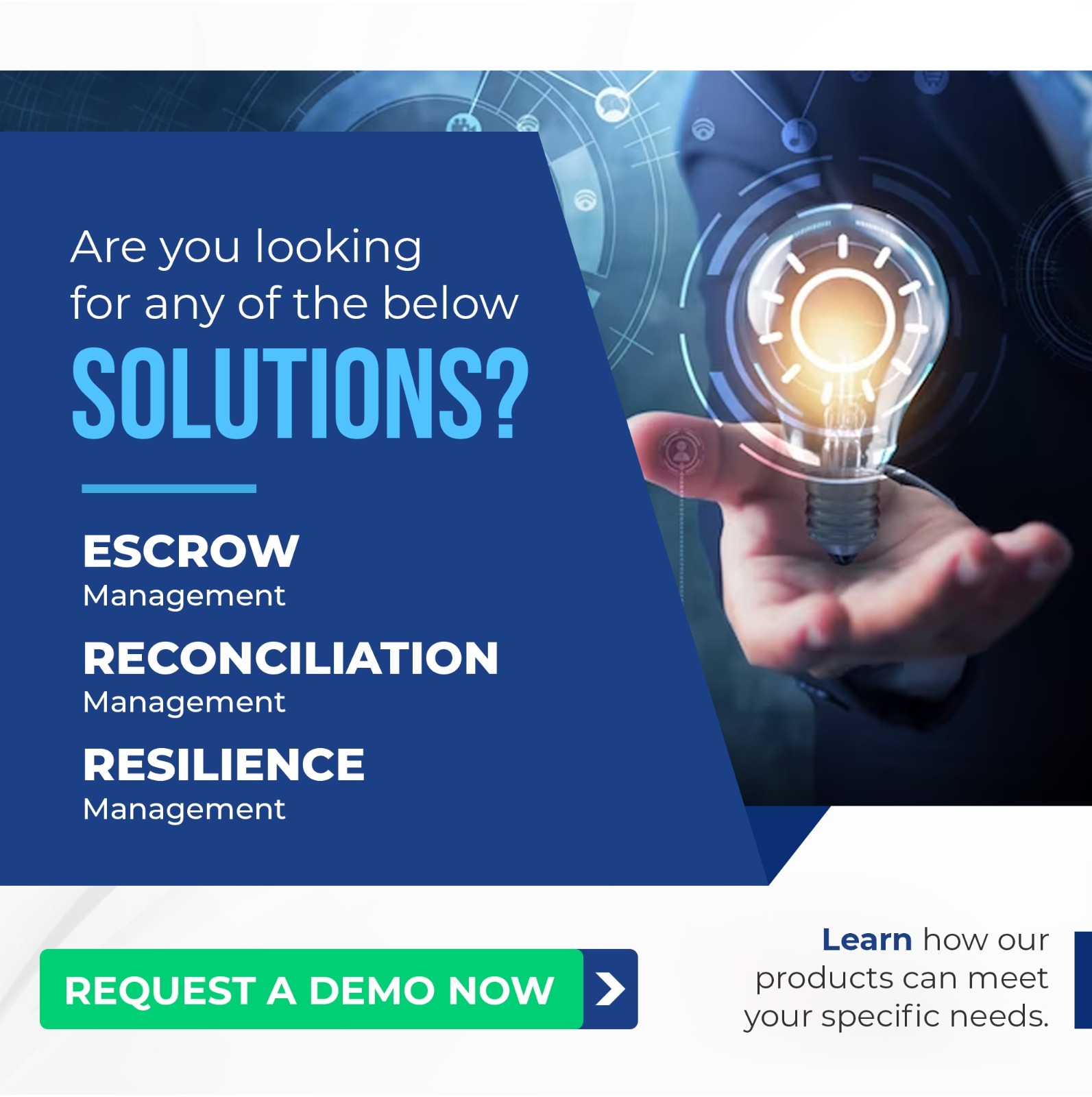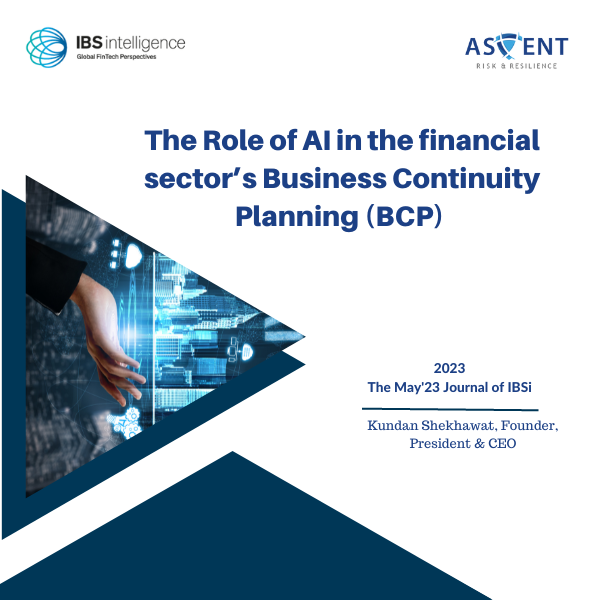In today’s dynamic business environment, resilience is crucial for success. This blog explores strategies for building operational continuity in the face of challenges like pandemics, economic shifts, or natural disasters. From leveraging technology and optimizing supply chains to fostering adaptability and creating robust contingency plans, we delve into actionable tactics to empower businesses. Join us as we uncover how organizations can thrive amidst uncertainty by embracing resilience as a core principle. Whether you’re an established entrepreneur or a startup, these insights will equip you with the tools needed to navigate change and build a resilient foundation for success.
Features of a Resilient Business
A resilient business possesses several key features that enable it to adapt, withstand disruptions, and maintain operational continuity. Some of these features include:
- Diverse Revenue Streams: A resilient business is not overly reliant on a single source of revenue. Reducing its vulnerability to market fluctuations or disruptions in specific sectors.
- Flexible Operations: It can quickly pivot operations in response to changing market conditions or unexpected events, such as transitioning to remote work during a crisis.
- Robust Supply Chain: A resilient business has a well-managed and diversified supply chain, minimizing the impact of disruptions and ensuring continuity of goods and services.
- Adaptive Leadership: Leaders within the organization are adaptable, proactive, and able to make strategic decisions swiftly in response to challenges.
- Investment in Technology: Leveraging technology to streamline processes, enhance communication, and enable remote work is essential for resilience, especially in today’s digital age.
- Employee Well-Being: Prioritizing employee well-being fosters a supportive work environment and ensures that teams remain engaged, productive, and capable of adapting to change.
Strategies for Operational Continuity
Operational continuity strategies are essential for ensuring that a business can maintain its critical functions and services during disruptions or unexpected events. Here are some strategies to achieve operational continuity:
- Business Continuity Planning (BCP): Develop a comprehensive business continuity plan that outlines procedures and protocols for essential operations during disruptions. This plan should include risk assessments, recovery strategies, and clear communication protocols.
- Redundancy and Backup Systems: Implement redundancy in critical systems and infrastructure to ensure that operations can continue even if primary systems fail. This includes redundant data backups, redundant power sources, and redundant communication channels.
- Remote Work Capability: Enable remote work capabilities for employees by providing the necessary technology, tools, and infrastructure. This ensures that operations can continue even if employees are unable to access the physical workplace.
- Cross-Training and Succession Planning: Cross-train employees in multiple roles to ensure that key functions can continue even if specific individuals are unavailable. Implement succession planning to identify and develop potential replacements for critical roles.
- Supplier and Vendor Management: Maintain relationships with alternative suppliers and vendors to ensure a continuous supply chain. Diversify suppliers and vendors to reduce dependence on a single source.
- Regular Testing and Evaluation: Conduct regular testing and evaluations of business continuity plans to identify weaknesses and areas for improvement. This includes tabletop exercises, simulations, and real-world drills.
- Communication and Coordination: Establish clear communication channels and protocols for disseminating information during disruptions. This includes communication with employees, customers, suppliers, and other stakeholders.
How to Build a Resilient Business
Building a resilient business involves a combination of strategic planning, operational excellence, adaptability, and a focus on sustainability. Here are some key steps to help you build a resilient business:
- Understand Your Industry and Market: Stay informed about the trends, challenges, and opportunities in your industry and market. Conduct regular market research and competitor analysis to identify potential risks and areas for growth.
- Develop a Clear Business Strategy: Define your business goals, objectives, and strategies for achieving them. Your strategy should be flexible enough to adapt to changing market conditions while remaining aligned with your long-term vision.
- Diversify Your Revenue Streams: Relying on a single product or service can make your business vulnerable to market fluctuations. Diversify your revenue streams by offering a range of products, targeting different customer segments, or expanding into new markets.
- Build Strong Relationships with Customers and Suppliers: Cultivate strong relationships with your customers by providing excellent customer service and personalized experiences. Similarly, maintain good relationships with your suppliers to ensure a reliable supply chain.
- Invest in Technology and Innovation: Embrace technology and innovation to streamline your operations, improve efficiency, and stay competitive. Invest in tools and systems that can help you automate processes, analyze data, and make informed decisions.
- Manage Your Finances Wisely: Keep a close eye on your finances and maintain a healthy cash flow to weather economic downturns or unexpected expenses. Develop a financial contingency plan and explore sources of funding or financing options to support your business’s growth.
- Prioritize Employee Well-being and Development: Your employees are your most valuable asset. Prioritize their well-being, provide opportunities for professional development, and foster a positive work culture that encourages collaboration, creativity, and resilience.
Our Resilience Management Platform, “AutoResilience”, is industry-leading and has four modules for Risk, Crisis, Business Continuity, and Cyber resilience. According to analysts like Gartner and Forrester, we’ve helped numerous banks globally reduce the impact of disruptions, ensure regulatory compliance, and safeguard reputation. Risk should no longer be feared or avoided, but instead should be utilized as a means to achieve strategic value and improve performance.













